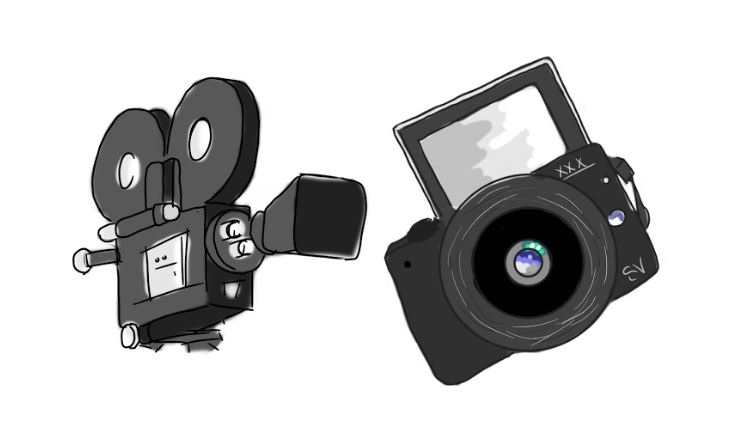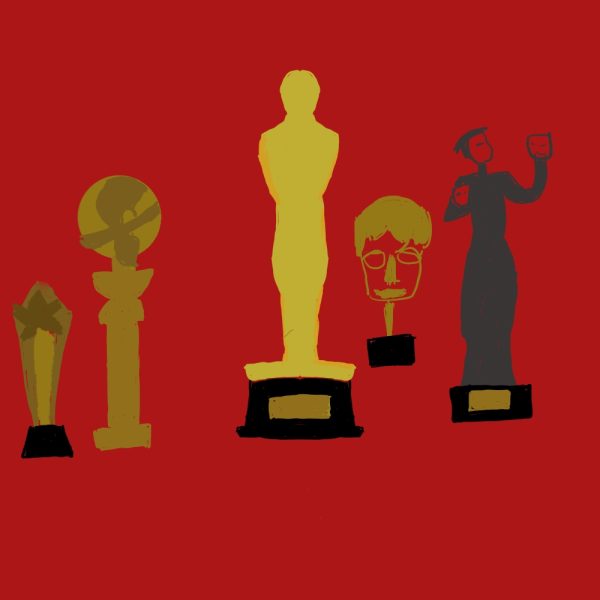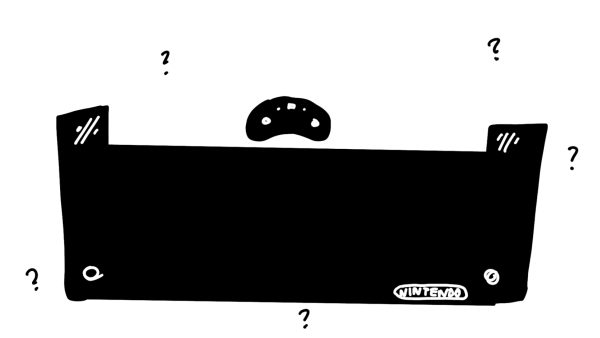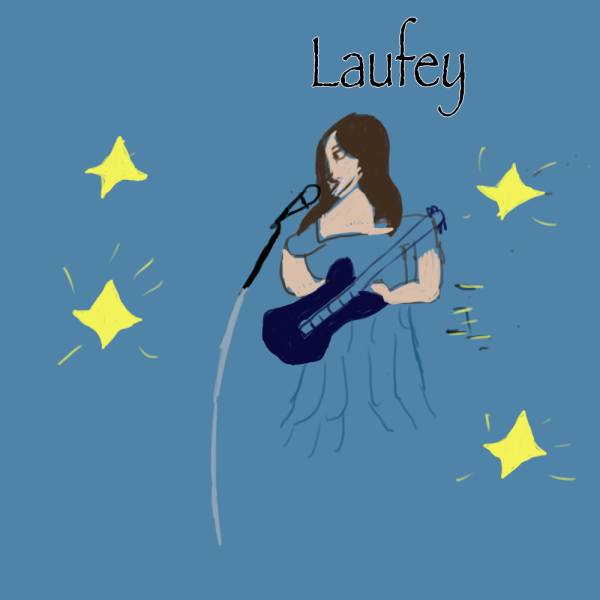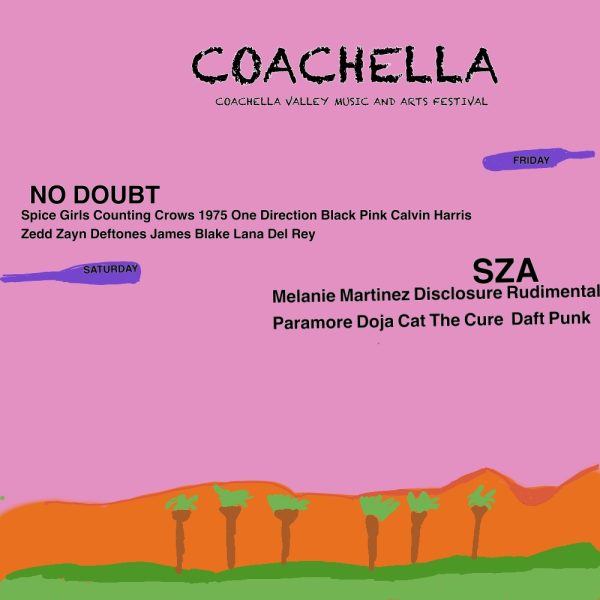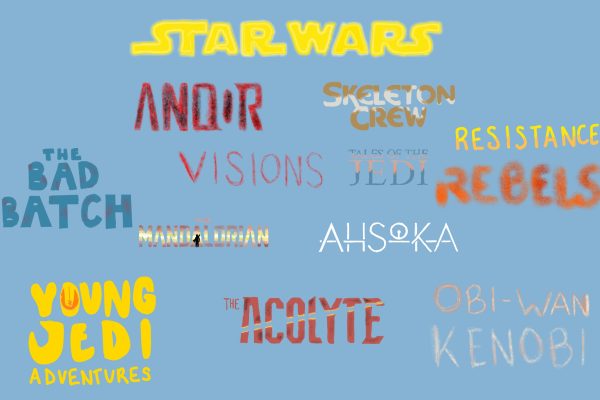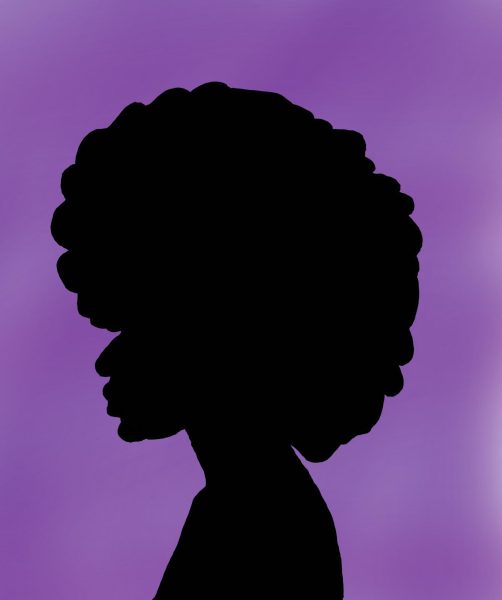Art of filmmaking evolves
History of Hollywood is a tale of vibrant images, shortened attention spans and gripping dialogue
Every filmmaker dreams of hearing their movie called at the Oscars, but how does one achieve this honor? “Casablanca,” “All About Eve,” “West Side Story,” “The Godfather,” “Amadeus,” “Titanic” and “Moonlight” have all been awarded the title “Best Picture,” and are still highly acclaimed films today. Clearly, all these films use extremely different filming techniques, editing styles and even basic screenplay and dialogue. So, what is the magic filmmaking formula? Unfortunately, any answer to that question is unlikely to remain consistent for more than a couple years. Film is constantly and seamlessly evolving to suit the preferences of its audiences.
As time progresses on, filmmakers have found that the attention span of human beings is incredibly short. This discovery has led to many conscious decisions in filming techniques. The length of shots has decreased while the number of shots has increased. In 1930, the average shot length of an American movie was 12 seconds. It is now 2.5. Filmmakers know the audience’s focus is subject to waver, and so the screen rarely stays on one subject for more than a couple seconds. Because of this, camera shots have adjusted to less subjects in the frame. Directors used to fill a shot with multiple characters at a time. These shots were incredibly long to allow the viewer time to take in every element in the scene, and an entire conversation could be held without switching the camera angle. Long takes are especially prevalent in old musicals; often, musical numbers were filmed with no cuts. For instance, “Good Mornin’” from “Singin’ in the Rain” ended up being a little over four minutes of uncut dancing. After directors discovered what appeals to audiences, the advancement in technology allowed for more cameras on set, the number of shots per film tripled.
Though it is fundamental today in media and entertainment platforms, color film shocked the nation in the mid-1900s. The shift from black and white to color film, most famously noticed in “The Wizard of Oz” and “Gone With the Wind”, was first achieved by Technicolor in 1939. The newfound color in these pictures was vibrant and vivid to contrast the previous achromatic film. However, as color film has progressed, darker color pallets are being used more regularly. The bright colors have remained, but the darks have dimmed even further, allowing filmmakers to emphasize bright subjects among a dark background. Take the Harry Potter movie series, for example. In the decade that all eight movies were released, each film appeared darker than its predecessor. Of course, some of this evolution may be attributed to the increasing misery that the characters face as they mature. Color choices are often symbolic and advance the storytelling, meaning romantic comedies and animated films are often bright while action-packed thrillers are often darker.
After the release of “The Jazz Singer” in 1927, “talkies” were all the rage, and silent films became anachronistic. In the many years of sound pictures, screenplays have subtly evolved. Naturally, dialogue has adjusted itself based on the vernacular of the time period, however, the stories we see on film in the twenty-first century, especially those acclaimed by the Academy of Motion Picture Arts and Sciences, have strayed past the arguably basic and overused themes and subjects. For instance, many of the top grossing films of the twentieth century included romances such as “Casablanca”, “Titanic” and “West Side Story”, all of which share the same “star-crossed lovers meet untimely death” plot. Of course there is a reason this storyline has been used time and time again: it sells. Heck, it’s what made Shakespeare so famous even back in the seventeenth century. However, as storytelling has progressed, screenwriters have developed more complex characters and stories. This is witnessed in the three most recent winners of the “Best Picture” Academy Award, “Moonlight”(2016), a coming-of-age story about a poor, black, homosexual man, “Spotlight”(2015), the informative narrative of the offenses by priests of the Catholic church and “Birdman”(2015), about a struggling actor trying to gain respect in the performance industry. The bar has been raised, and creative minds are being challenged more than ever.
This begs the question, how will films continue to evolve decades from now? By gosh, maybe someday we’ll be able to wear magic glasses and the screen will pop out at us. But for now, I guess we’ll have to watch and see.
Your donation will support the student journalists of Saint Viator High School. Your contribution will allow us to purchase equipment and cover our annual website hosting costs.



